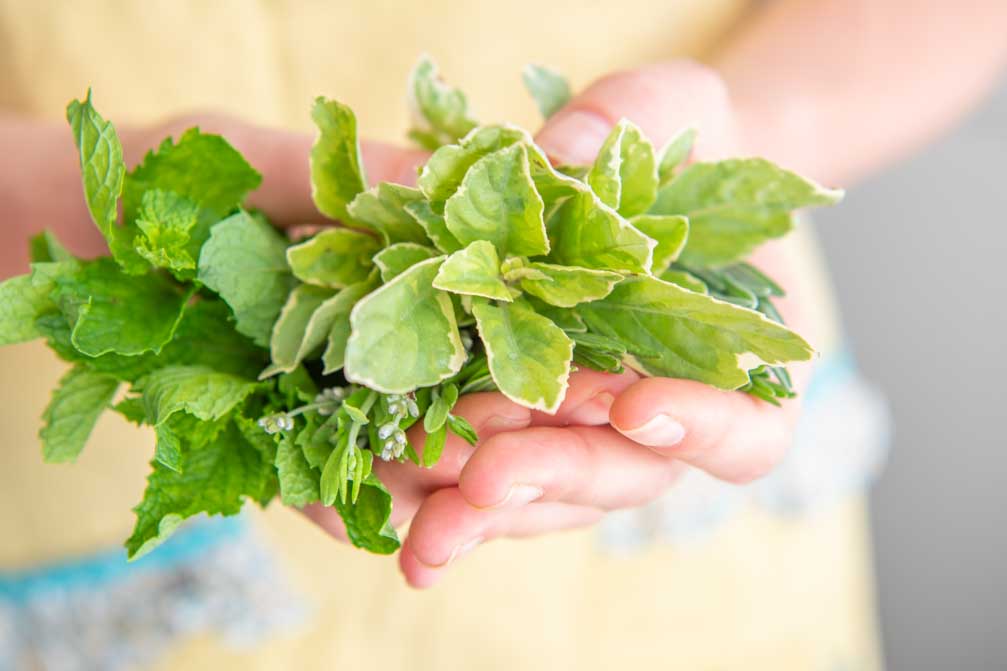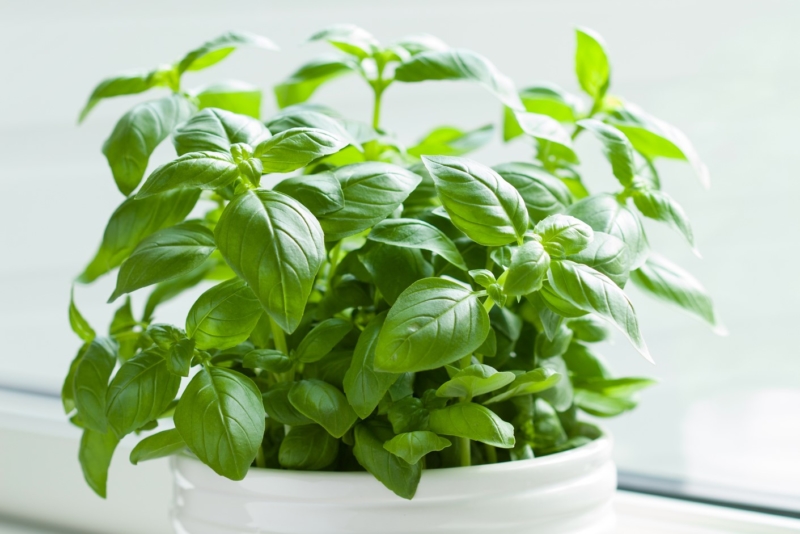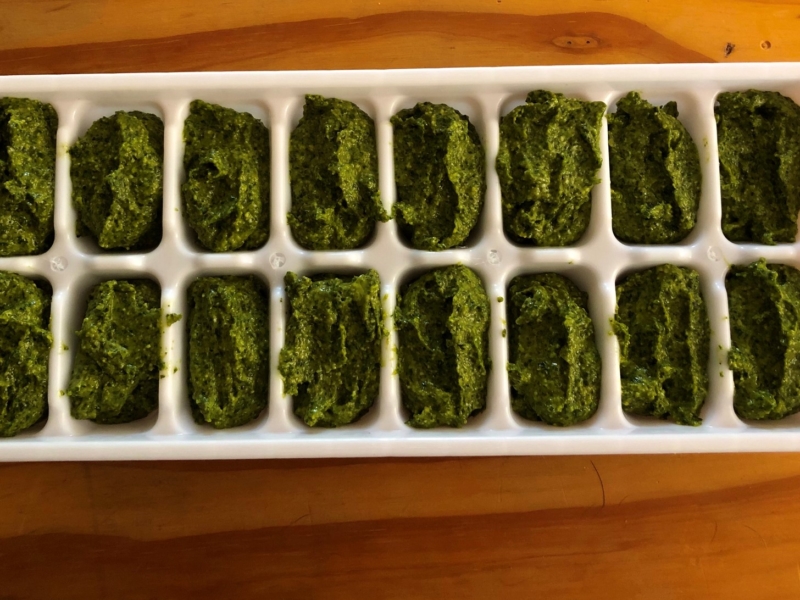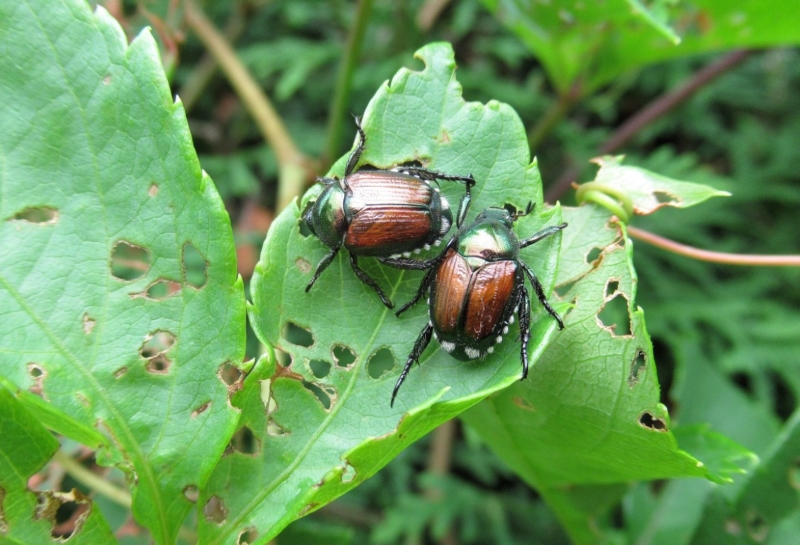
Basil Growing Guide
The key ingredient in pesto, ensalada caprese and tomato sauce, or a garnish to anything and everything, basil is my favorite herb. It must be fresh, possibly frozen, but never that culinary abomination, dried. Fortunately for chefs and gardeners, it is easy to grow anywhere you can find at least a half day or more of sunlight.
Planting, Feeding and Watering Tips
Basil is easy to grow in pots or in garden beds as long as it is placed in a sheltered area where it can remain slightly moist. Wind and extremely hot, dry conditions will damage the plants.
You can get a head start on the growing season by purchasing transplants as opposed to planting seeds. When planting, amending your soil or potting mix with Bumper Crop or Garden-Tone helps to ensure balanced nutrition. Basil is not a “heavy feeder”, but fertilizing once every 4-6 weeks will improve it’s growth. Water often enough to keep the soil feeling moist, but not wet.
When the fall arrives, you can further extend your growing season by bringing your basil plants or cuttings indoors when temperatures begin falling below 50 degrees. Basil can be grown indoors in a very sunny window. It will not be as vigorous or productive, but some fresh basil is better than none.
Maximizing Your Harvest
Extending Your Harvest
Basil is an annual plant. It’s mission is to sprout, grow, flower and produce seeds as quickly as possible, which has to be accomplished during warm weather while temperatures remain above 50 degrees. As gardeners, we want to keep this from happening for as long as possible. After the plant flowers, the leaves become less aromatic, and it develops a bitter flavor. By delaying the flowering, you can extend the time of harvest and increase yield of tender, tasty leaves from your basil.
Removing (pinching) the growing tips encourages the basil to branch out and produce more leaves. For the same reason, we remove (deadhead) the flowers to encourage the leaves to keep growing and prevent the plant from completing its growth and blooming cycle. Frequent pinching of the new growth is also a good source of fresh basil to use in the kitchen.
Storing Your Harvest
If you harvest more basil than you can use, there are a variety of ways you can store it for future use. My favorite way to harvest and store basil is to turn it into pesto and freeze it in ice cube trays. This way I can easily adjust the serving size. Because I don’t like the texture of frozen cheese, I add this later, at the time of use. (3 cups basil leaves, ¾ cup olive oil, ¾ cup walnuts, 3-4 cloves garlic)
Basil Spoilers
Basil Downy Mildew (BDM) is the most troublesome disease of basil. It was discovered in 2007 in the United States after accidentally being introduced from Africa. The spores can be transported with contaminated seeds or soil and are dispersed by the wind. It infects plants during warm, humid, wet weather and the spores can persist in the soil for several years. It can be treated with fungicides, but that is not generally a good option considering you want to use your harvest for cooking. Sweet basil, the most popular variety of basil, is particularly susceptible to this disease.
Disease Resistant Basil Varieties
Fortunately for all of us, beginning in 2018 BDM resistant varieties of basil were introduced and are gradually making their way into local garden centers. I grew ‘Amazel’ last year (and again this year) and it lives up to its’ name. ‘Amazel’ is prolific and disease resistant. The flavor is more pungent and leaves are not as tender as other sweet basil, but it is excellent when used in sauces or for pesto.
Japanese Beetles
Japanese beetles and slugs also like basil. Covering the plants with a row cover or micromesh in July while beetles are active is an easy and effective way to manage this problem and Sluggo is an organic, people and pet friendly way to manage slugs.






